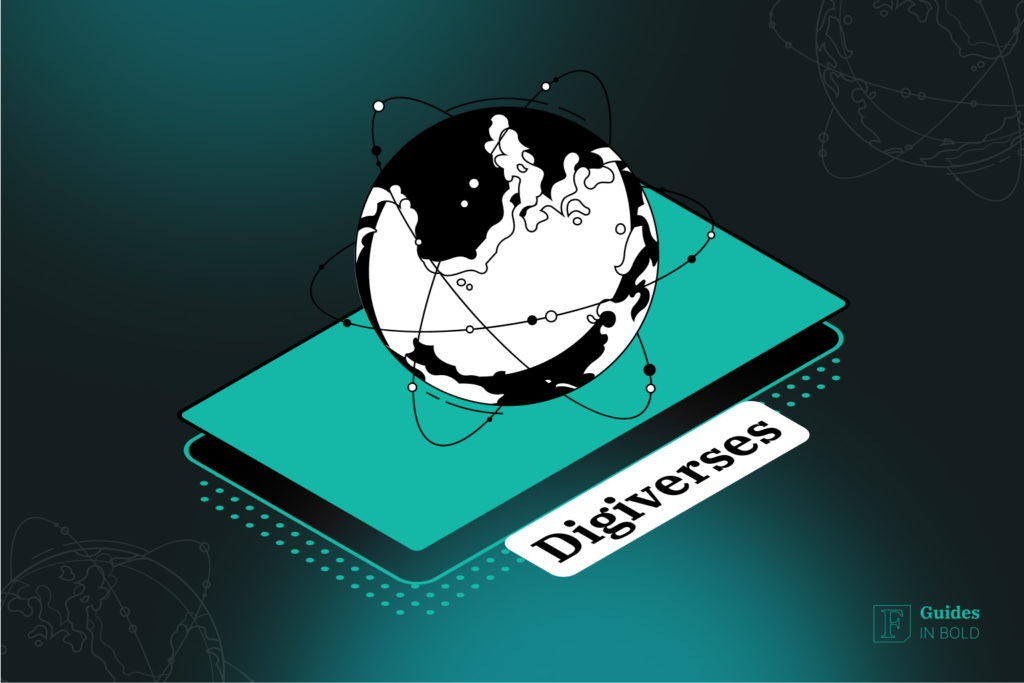The metaverse, a collective virtual shared space, is a rapidly evolving frontier. This digital universe, born from the convergence of virtually enhanced physical reality and physically persistent virtual reality, provides a platform where users can interact with a computer-generated environment and other users. It serves as a fertile ground for creators, developers, and businesses to construct and shape their own digital landscapes.
In the metaverse, the physical constructs that architects traditionally design – including buildings, interiors, and cities – take on a new form as ‘metaspaces,’ represented as 3D models. This isn’t a distant future concept; the tools required, such as Unity, Twinmotion, and Blender, are already being utilized by visual designers to craft realistic environments.
However, the transition to building in the metaverse demands the acquisition of new skills and a paradigm shift in perspective. This involves incorporating additional elements like content creation, character development, and game design, fostering a more diverse team that is attuned to the design processes of this emerging era.
The Art of Building in the Metaverse
Building in the metaverse is a three-pronged process: conceptualizing what one wants to create, selecting a metaverse platform that aligns with the vision, and then commencing the building process. The metaverse serves as a canvas for imagination, allowing the creation of an endless array of assets, from architectural structures to virtual merchandise and even games.
Within the metaverse, builders generally fall into two primary categories: Scenes and Wearables. Scenes refer to architectural structures and landscapes, while Wearables encompass digitalized merchandise and other assets that don’t quite fall under the architectural realm.
To build a scene, one first needs access to a metaverse platform. Each platform offers unique features and tools for creation. For instance, some platforms are user-friendly and allow clients to create, use, and sell their works using the platform’s own marketplace. Others are virtual worlds inspired by popular games, where users can buy virtual land, build stores on that land, create avatars, and fill their own art galleries with NFTs.
Creating scenes in the metaverse requires more specific approaches to deliver an immersive experience. Many architects have appropriated tools from the film industry, such as storyboarding, to bring their creations to life. This enhances the immersive and interactive experience in the metaverse with good storytelling.
To fully take advantage of building in the metaverse, including buying one’s own parcel of land and selling creations, one needs to have a Web3 wallet and the proper cryptocurrency for the metaverse being built in. The cost to build in the metaverse ranges from $0 to over $1,000, depending on one’s goals. The main costs include a computer, internet, virtual land, transaction fees, and any other fees required by a metaverse to submit work.
Choosing the Right Metaverse Platform: The Upland Advantage
Among the different metaverse platforms available today, each boasting its unique features and capabilities, one ecosystem has emerged with significant momentum over the past couple of years – Upland. Essentially, Upland is a distinctive metaverse that transforms the world into a virtual game where participants own the world they construct. In Upland, in-game assets hold real-world value, courtesy of its digital economy established on the EOS blockchain.
Upland extends beyond being merely a property trading game; it represents a social experiment, a flourishing community, and a platform for creativity and innovation. It introduces a “Play-to-Earn” gaming model, where participants can transact using the game’s native currency, UPX, to mint various digital assets that are fully tradable on the open marketplace for both USD and UPX.
Tamara (Shaktilyn) Lund, an Upland Ambassador, shared her vision of a future where individuals from all corners of the world can engage in the Upland metaverse, stating:
“Here, they can socialize, play games, open businesses, and work for businesses. We aren’t quite there yet, but Upland is laying the groundwork… I think it’s the great equalizer. The metaverse has that potential.”
Upland is paving the way for a future where the metaverse is not merely a recreational space but a realm of opportunity and economic equality. It’s a place where individuals from anywhere in the world can leverage their skills and talents by working for a business that requires those skills.
Looking Ahead to a New Frontier
The metaverse is still in its infancy, brimming with promise and possibility. Every day, new companies are venturing into this space either via direct investments or through the creation of their very own digital ecosystems. From cities to individual buildings and even basic assets like clothes and other merchandise, the metaverse is a canvas waiting to be painted on, allowing users to take advantage of this burgeoning digital paradigm. Thus, it will be interesting to see how this space continues to evolve from here on out.




